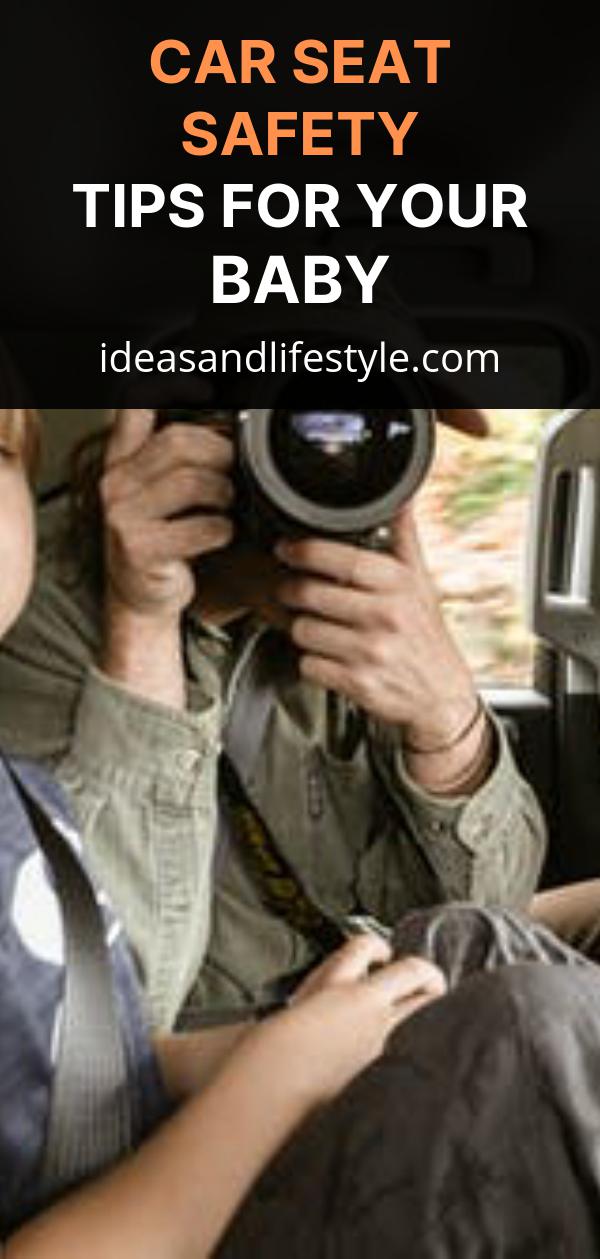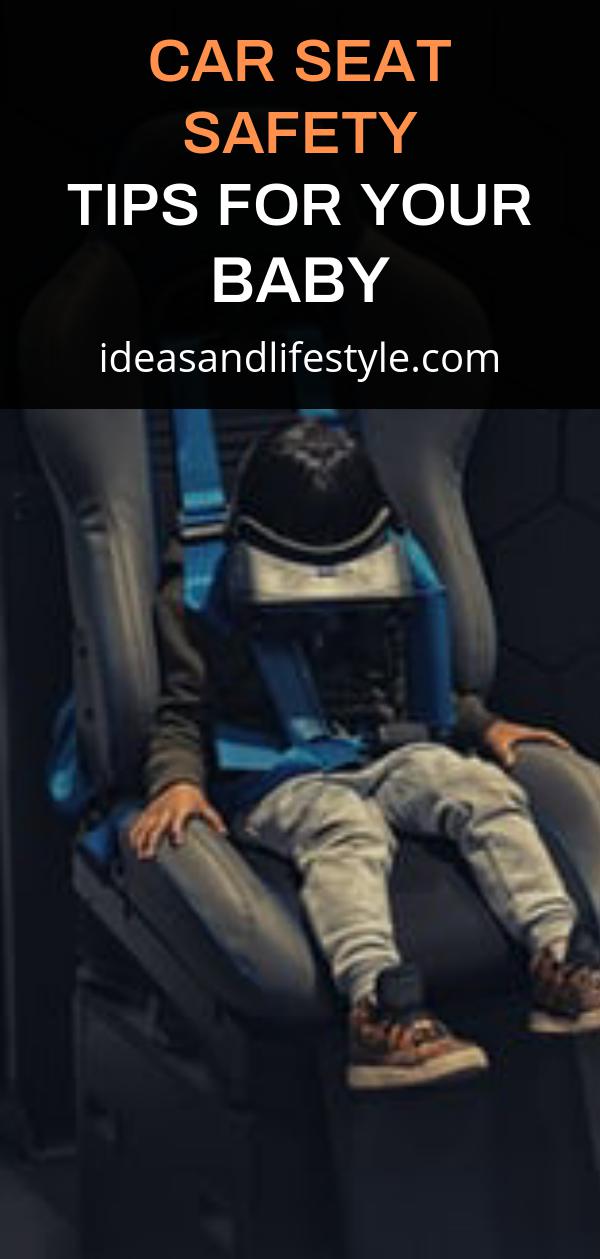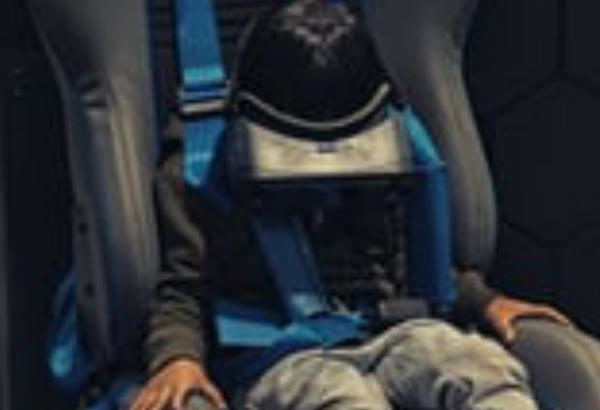Do you know that according to a report 80% of kids are not properly seated in the car seat and thus many children get unnecessarily injured in car accidents? Still, many of us do not bother about using safe car seats for our children. So let us follow some basic tips so that we can avoid our babies from getting involved in an accident.

The biggest mistake that your parents often commit, is not to bother whether the seat is right for your child’s age and whether he is facing the right direction.
a) Always remember infants should be in a rear-facing infant-only seat or convertible seat until they are 1 year old and weigh twenty pounds. Kids whose weight remains less than 20 pounds even after 1 year should also continue to face backward.
b) When a child is above 1 year in age and weighs more than 20 pounds then he/she can be seated in a forward-facing car seat, until they are 40 pounds of weight. Children over forty pounds should be placed into a belt-positioning booster seat and they should usually stay in it until they are at least 8 years old.
c) Parents always remember not to use the car’s regular seat belts for your child until they fit correctly when your child is about 80 pounds and is 4ft 9 inches tall. Your child should not use regular seat belts until the shoulder strap fits across his shoulder and not his neck, and the lap belt fits across his hips and not his stomach.
d) You should not allow your child to sit in the front seat until he/she is more than 12 years of age
e) Remember! Do not use a seat, which has its harness straps too loose or in the wrong position, always lock the seat belt properly with a locking clip, secure the seat belt correctly, and do not place an infant seat in the way of an airbag.
f) Always make sure that the harness chest clip of the infant seat is positioned at your child’s armpit level, the harness straps are straight, the rear-facing straps are positioned at or a bit below your child’s shoulders, the seat is reclined at about a 45-degree angle and never ever place an infant in a rear-facing child restraint in the front seat of a car.
g) When you are using a rear-facing convertible seat, see carefully whether the harness straps are positioned at or a bit below your child’s shoulders, the harness chest clip is at the armpit level, the harness straps are straight and the seat is reclined at a 45-degree angle.
h) While using a forward-facing convertible seat, watch out that the harness straps are positioned at or slightly above your child’s shoulder, the straps are straight and the harness chest clip’s position is around your child’s mid-chest or armpit area.
i) You can only use a forward-facing combination seat if the harness straps are positioned at, or slightly above, your child’s shoulders and you must stop using a shield booster when your child is 40 pounds.
j) If you want to use a belt-positioning booster seat, first make sure that you are using the lap/shoulder belt combination with a belt-positioning booster. Never use just a lap belt. Secondly, the shoulder belt must rest across the chest, and thirdly the lap-belt should remain across the lap or upper thigh area and not across the stomach

Finally, do not use a car seat that: a) was involved in a crash, b) more than 10 years old, c) does not have a label with its date of manufacturing, d) does not have instructions, e) has a crack in its frame or has some part missing.
Always follow these instructions to ensure your baby’s safety in the car.





